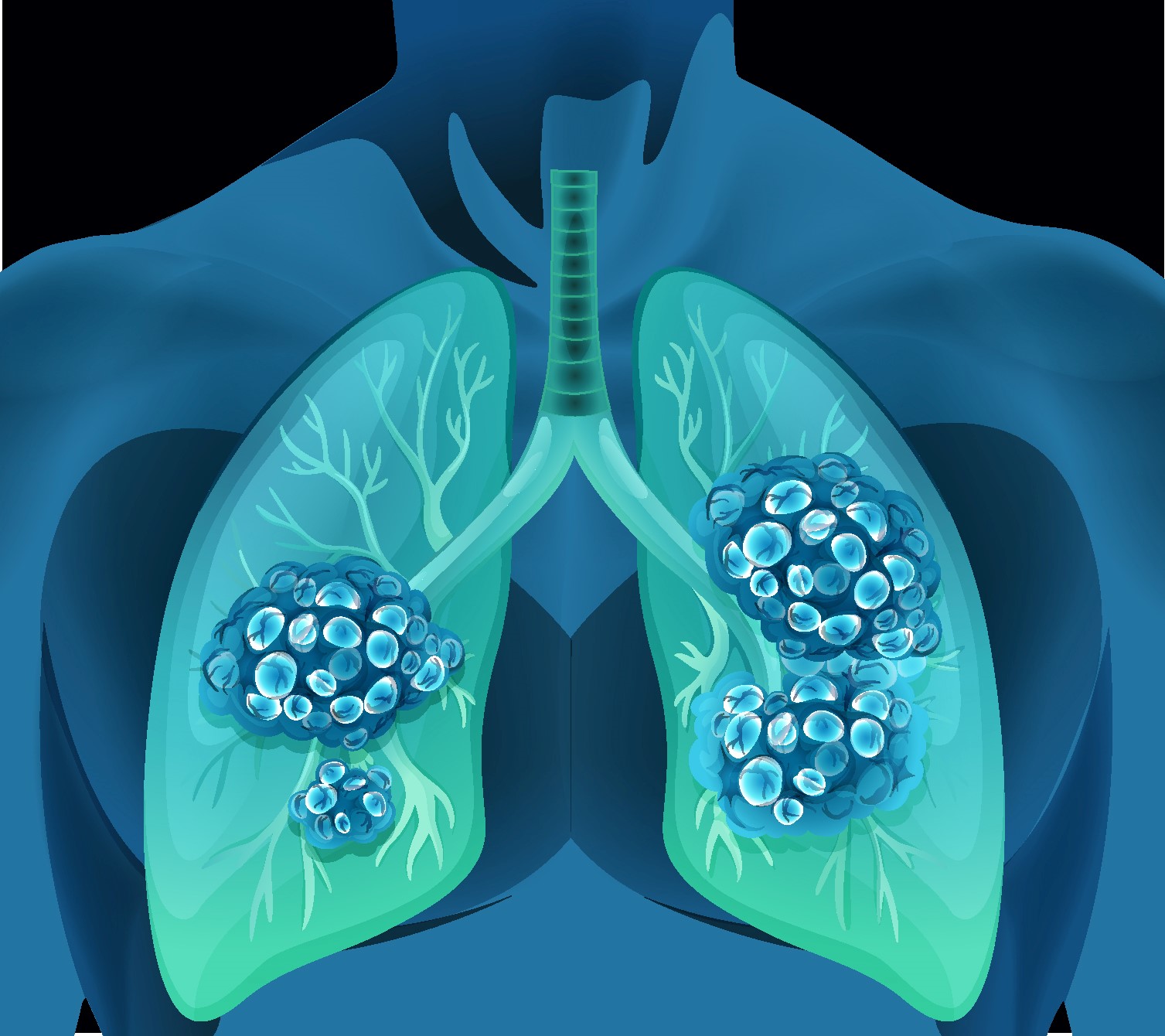Congenital defects can often go undetected during infancy and show up in maturity. Furthermore, due to advancements in pediatric cardiovascular surgical methods, catheter-based therapies, and medicinal care, children patients with congenital cardiovascular anomalies are living longer and may be seen more frequently in medical practice. Partially anomalous pulmonary venous return (PAPVR) is a common prenatal cardiovascular abnormality that can manifest in adulthood. PAPVR is usually unintentional, although it can occasionally cause major pulmonary-to-systemic and left-to-right shunting, as well as other congenital cardiovascular anomalies, especially in the setting of certain disorders such hypogenetic lung syndrome.
Hypogenetic lung syndrome, also known as pulmonary venolobar syndrome and “scimitar” syndrome, is a rare congenital anomaly characterized by PAPVR draining into the supradiaphragmatic or infra diaphragmatic inferior vena cava, as well as a hypoplastic right lung, ipsilateral pulmonary arterial hypoplasia, dextroposition of the heart, and systemic arterial blood supply to the affected lung, usually, the right Hypogenetic lung syndrome can manifest in both “infantile” and “adult” forms, and it is occasionally associated with other congenital cardiovascular abnormalities and lung abnormalities, the former including atrial septal defects, aortic coarctation, and others, and the latter including horseshoe lung, pulmonary sequestration, and pulmonary lobation abnormalities.
Reference:journals.lww.com/clinpulm/Abstract/2017/09000/Adult_Onset_Pulmonary_Hypertension_Due_to.5.aspx


